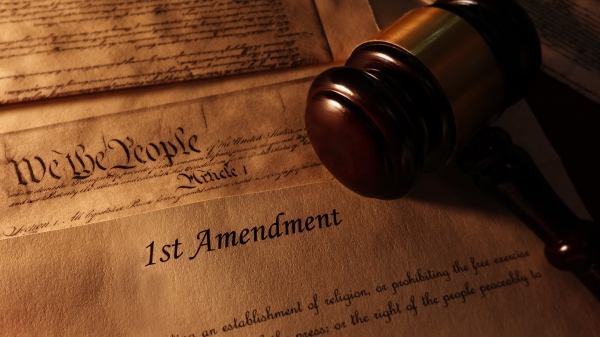The Arizona State University Art Museum opens “Love Me Two Times” on Saturday, Jan. 30, a unique exhibition divided between two recent projects by Cuban-born, Bay Area-artist Tony Labat. The title refers to the newly restored diplomatic relations between Cuba and the United States.
The first of the two projects, “Irregular Encounter: Leveling the Field,” was commissioned for the Havana Biennial in 2012. The installation at the ASU Art Museum will rely on audience participation, as it consists of a customized billiards hall with bleachers, a cafe/bar stand and the highlight — a handmade pool table in the shape of the island of Cuba.
A pioneer of video installations, Tony Labat has been an important player in the California performance and video scene since the early 1980s. His work often identifies with the “outsider,” whether the artist or the immigrant. Having emigrated to the U.S. in the 1960s, he himself has often been caught between the U.S. and Cuba’s severed diplomatic relations, and his work makes frequent commentary on labor, migration, displacement and marginalization.
While researching how to build a pool table in Cuba, Labat discovered a world of underground “billiards” clubs. After a decades-long ban on billiards, communities created unauthorized pool halls in their homes. At one of these Labat met a young man named Tatin, who had come into building pool tables quite accidentally. A local police chief had a few pool tables left over from the 1950s in the basement of the police station, and he asked Tatin to fix and renovate one table. In exchange for his services, he was given one of the tables. By deconstructing it, Tatin taught himself how to build one from scratch. The police chief then looked “the other way” and let Tatin develop a “pool hall” in his home. The custom-made pool table he built for Labat was milled from one tree — possibly a type of walnut tree, from which the cue sticks were also made — while a saddle maker constructed the pockets.
When the table premiered at the 2012 Havana Biennial, “Irregular Encounter: Leveling the Field” became the first “sanctioned” Cuban pool hall in 50 years, by the way of art. Other than the story and fabrication, perhaps the most important aspect of the table is its unusual shape: the island of Cuba itself. The new configuration forces each player into an equal place as they try to figure out how the balls respond to curved, rather than straight rails. Labat’s conceptual take on the traditional billiards table mirrors the current-day politics — a new era is beginning where the old rules no longer apply.
“Irregular Encounter: Leveling the Field” is the second project in the new ASU Art Museum series "Encounter," where artists re-imagine and re-contextualize the museum collection to address larger issues relating to the current social and cultural climate of Arizona and the world at large. For "Encounter," Labat will choose a selection of the museum’s seminal contemporary Cuban collection that will be displayed in the installation of “Irregular Encounter: Leveling the Field.”
For the second project in “Love Me Two Times,” titled “Day Labor: Mapping the Outside,” Labat set up a surveillance system outside the window of his studio and, during the course of six months, recorded the activities of the laborers while also recording himself producing artwork in his studio. The cameras were camouflaged in three exterior flowerpots aimed at Cesar Chavez Street in San Francisco’s Mission district, a location known as the place to pick up day laborers. This multi-channel video installation also relates to famed conceptual artist Bruce Nauman and what he describes as “dead time” in the studio. Here Labat refers to the day labors waiting to be offered a job and poses the question, “What is the difference between informal economy and the art economy?” Both are large unregulated markets with implications in the global economy.
Join the artist at the ASU Art Museum Spring 2016 Season Opening Receptions at 5:30 p.m. (for members and alumni) and 6:30 p.m. (for the public), on Friday, Jan. 29, at both the ASU Art Museum and ASU Art Museum Brickyard.
Sponsored by Macayo’s Mexican Kitchen and the ASU Art Museum Creative Impact Board.
This exhibition is supported by the Helme Prinzen Endowment.
More Law, journalism and politics

5 takeaways about artificial intelligence and elections
Next year’s midterm elections are happening at a crucial time in the adoption of AI, with concerns that the new technology could pose threats to the process but also have the benefit of easing the…

ASU dominates Rocky Mountain Emmys, showcasing range of talent
Arizona State University stole the spotlight at the Rocky Mountain Southwest Emmys, walking away with an impressive haul of shiny new awards and plenty of bragging rights.University-affiliated…

New First Amendment Academy empowers citizens with knowledge about 5 core freedoms
According to a 2024 survey, there is widespread misunderstanding among many Americans around the nuances of the First Amendment.The survey, “The First Amendment: Where America Stands,” revealed that…
